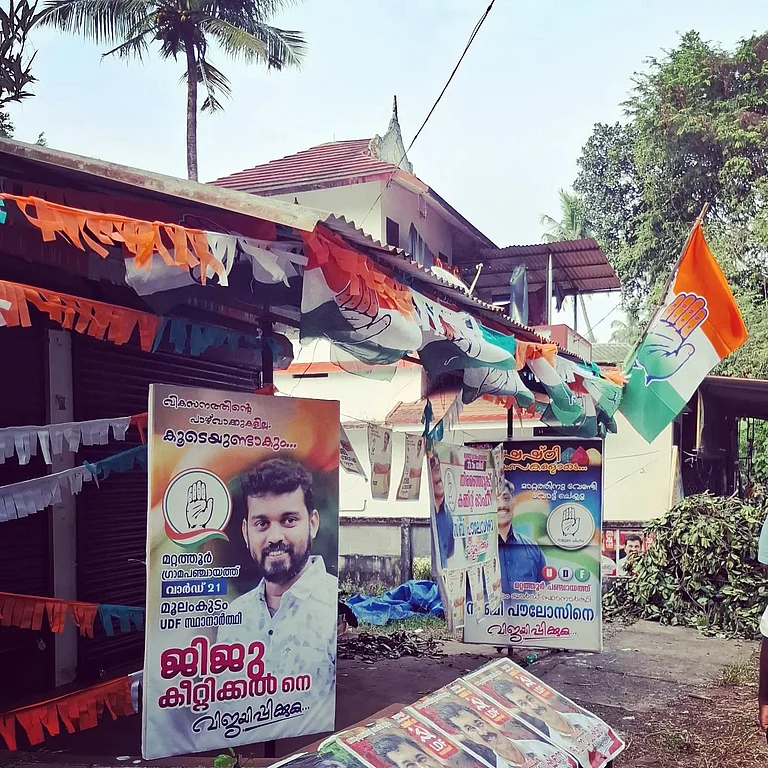Chaitra Navratri is a special Hindu festival that runs for nine days. The festival marks the start of the Hindu lunar calendar. This is the time to celebrate the grace and power of Goddess Durga in her many appearances. If you're planning to celebrate Chaitra Navratri at home, follow these basic rituals to bring the divine blessings to your home.
Preparing Your Home for Chaitra Navratri
To get ready to prepare for Navratri celebrations in your home, begin with an extensive clean-up to bring positive energy. De-clutter and clean every corner to ensure cleanliness. After that, you should designate a peaceful and tidy area at your home to host the ritual of pooja. Make sure you have the essentials, such as a copper vessel as well as a clean red cloth for the altar and also the images or idols of goddess Durga.
Bring a festive feel to your home's decor by decorating it in bright colors such as orange, red, and yellow. They are considered to be auspicious in Navratri. Make use of floral arrangements, rangoli as well as lighting to increase the ambiance of Navratri. Prasad consists of classic dishes such as halwa, coconut, besan laddoo, etc are some of the main aspects of puja.
Make sure you and your family are prepared spiritually, by taking part in prayer as well as chants and meditations in honor of goddess Durga and to embrace the spirit of Navratri. Believing in the essence of the celebration will increase the quality of your experience as well as strengthen your spiritual connection.
Simple Rituals for Chaitra Navratri at Home
Kalash Sthapana
Kalash Sthapana is a significant ritual that marks the start of the Chaitra Navratri celebration. First, devotees choose the cleanest and sacred place in their home usually in their area of prayer or a place where they can pray. In this area, they make a Kalash which is a small clay or brass vessel filled with holy water, and then decorate it with items of good luck such as betel nuts, coins, and sacred thread. The five mangoes are arranged at the top of the Kalash while a coconut covered in cloth is crowned, indicating wealth and fertility.
When the Kalash is set up, worshippers pray to goddess Durga by chanting mantras believing that she will reside in the Kalash throughout Navratri. Certain hours are not permitted to perform Ghatsthapana for example, the time of Amavasya (the moonless day) at night or in the afternoon. The most favorable times are generally during Abhijit Muhurat, in case the morning time you prefer isn't available.
Daily Puja and Aarti
Aarti holds a lot of significance, especially on Chaitra Navratri. The earth (Prithvi), is symbolized in the form of flowers and fruit presented during pujas in gratitude to nature's abundant supply. The water (Jal) is used to bathe the god and also as an offering to symbolize cleanliness and life's source of nourishment.
The fire (Agni) is symbolized by the lamp made of ghee used in Aarti which symbolizes illumination and divine power. Air (Vayu) is depicted with the scented incense and camphor sticks which spread the scent and symbolize vital breath.
A clean puja space is usually set up on the east side of the house. This is where the idol of Goddess Durga is set up. The devotees cook and serve bhog which typically contains sweets as well as other foods that are satvik. The offering is offered to the Goddess in a gesture of thanksgiving and love.
Mantras that specifically address Goddess Durga are performed during the Puja. One of the most popular mantras is - "Ya Devi Sarvabhuteshu Shakti Rupen Sansthita, Namastesyaye Namastesye Namastesye Namo Namah," which praises the Goddess for being the symbol of strength and power throughout all living beings.
The Aarti can be performed during the day and in the evening. The Aarti signifies the ending of the puja and receiving the blessings of the goddess.
Kanya Pujan Ritual
The ninth or eighth day of Navratri Kanya Pujan is performed, in which girls younger than 12 are praised for being the representatives that are the embodiments of Goddess Durga. Girls are chosen based on their innocence and purity which is the reflection of the nine goddesses associated with Durga.
The puja starts with careful preparation, including cleansing and decorating your home prior to the ceremony, in addition to making a special space to hold the puja. The girls are welcomed with respect, then their feet are washed signifying the removal of impurities.
Sitting on pedestals, the girls are honored by chants and prayers, and those who pray for them seek blessings by touching their feet. A variety of food items are made and presented to the kanyas for Prasad. This includes poori, sweets, halwa, chana, and kheer to show gratitude and love. After the puja girls are presented with gifts like new clothes, bangles, or money as a token of gratitude.
To conclude, a celebration of Chaitra Navratri in your home can be an unforgettable and beautiful experience. With these simple practices, you can create a sacred space that honors goddess Durga and bring in God's blessings to your family and home.


























